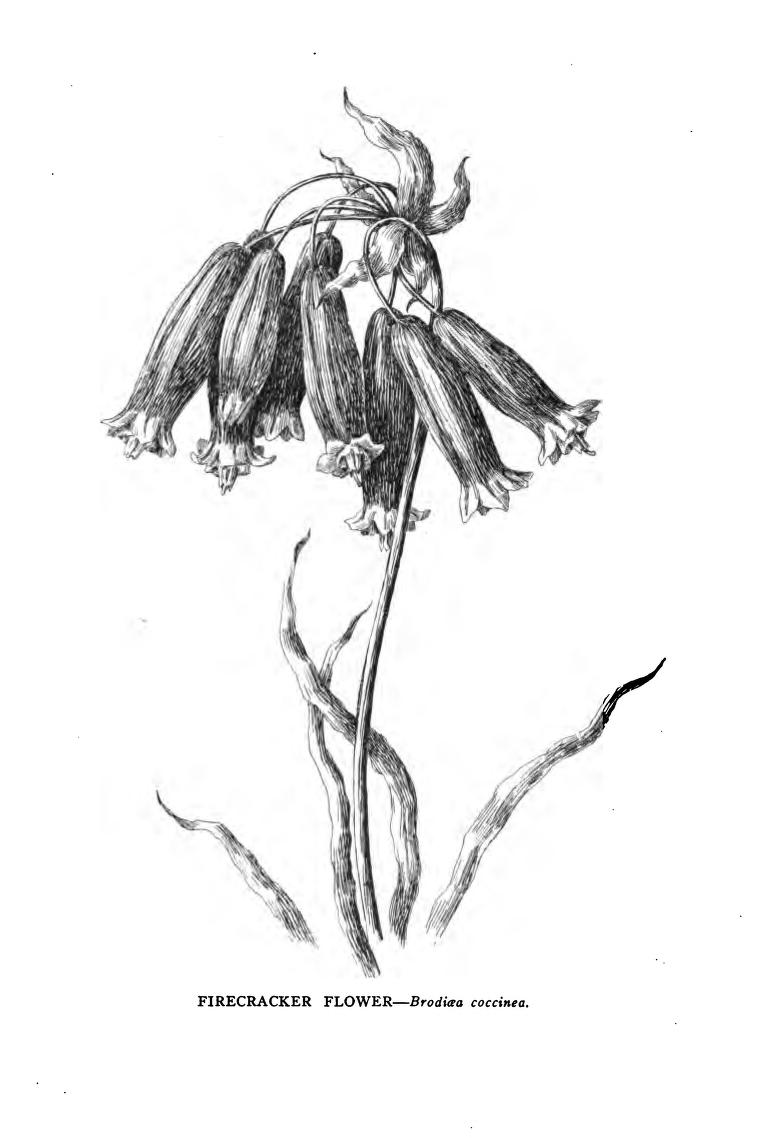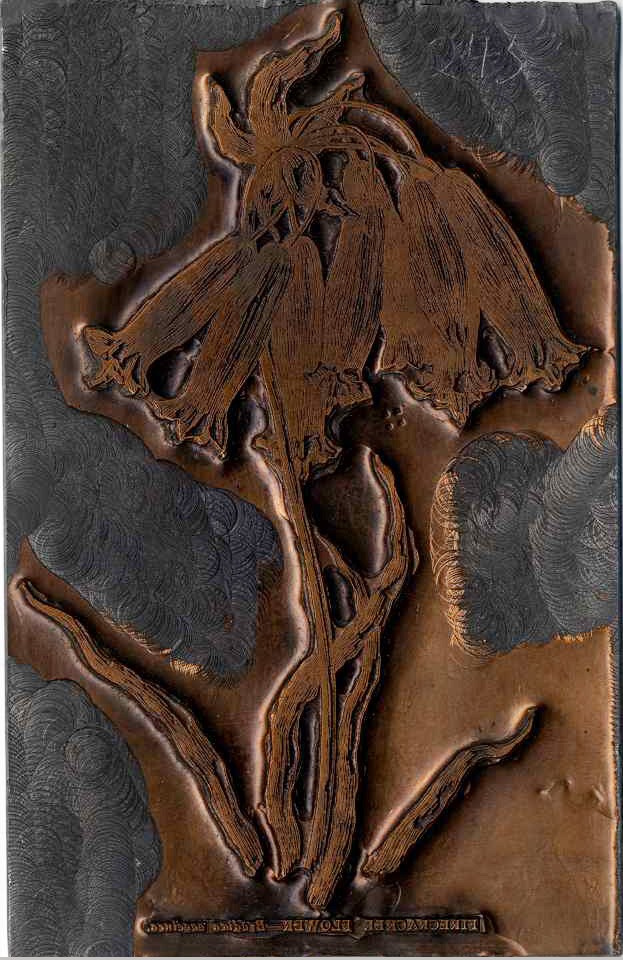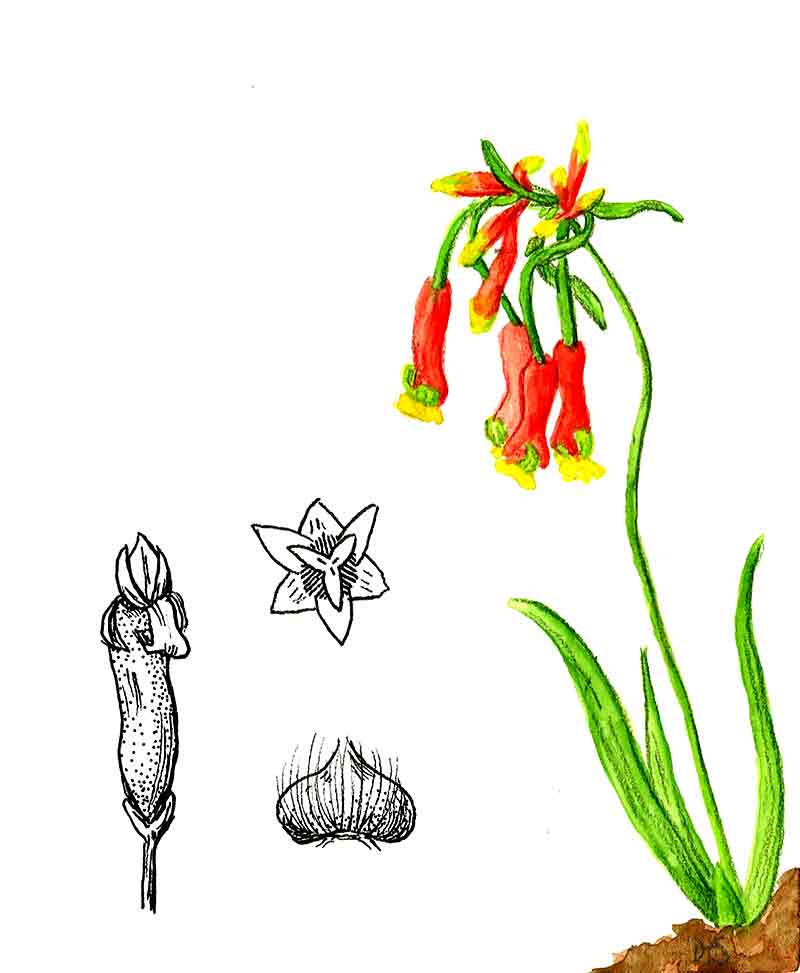Botanical illustration is an important aid to the study and classification of plants. Botanists and illustrators work together to create illustrations specifically designed to complement text. Botanical illustrations are used to illustrate floras, monographs, field guides and research papers. The artists follow well-established conventions, including a preference for black and white work, an ability to create drawings from herbarium specimens and an attention to detailed magnifications of diagnostic characters. Technical accuracy is essential.
This Smackdown, we light up the Firecracker flower, Dichelostemma ida-maia.

From The Wild Flowers of California, by Mary Elizabeth Parsons, first published in 1897. Illustration by Ms. Buck.
 Lithographic plate of image courtesy of Academy's Special Collections.
Lithographic plate of image courtesy of Academy's Special Collections.
Mary Elizabeth Parsons was born on August 1, 1859, in Chicago, Illinois. Although she had little formal education, she was always interested in gardening and horticulture. She came to California in 1883 and through her cousin, William Kent (a Republican Congressman), she met Alice Eastwood, Curator of Botany at the California Academy of Sciences. Mary Elizabeth Parsons was the author of The Wild Flowers of California, first published in 1897 and later re-published in 1902, 1906, 1925 and finally in 1955. This publication by the California Academy of Sciences has a preface by John Thomas Howell, Curator of Botany. Little is known about Miss Buck's life today. We tracked down the following from Wayne Roderick’s California Native Plantsman.
Her family home was apparently in San Rafael. She and Elizabeth Parsons shared an interest in drawing and painting and for a time were members together in an art class given in San Rafael by a Mr. Latimer. As the wildflower book took shape in the 1890s, it was only natural for the author to turn to her talented companion of the Latimer class for assistance with the illustrations.
A long time ago, I was a member of the American Society of Botanical Artists, a great group of artists and collectors who are “dedicated to promoting public awareness of contemporary botanical art, to honoring its traditions and to furthering its development.” For the ASBA, scientific illustration is a smaller piece of botanical art. In my mind, it is the other way around. Not only do I have a predilection for drawing animals, but I kept getting hung up on the required conventions of botanicals, specifically the isolated specimens on a pure white background with no extras. I can’t help it; I find this set up kind of boring. Mentally, I draw wild beasts into these delicate works, ripping the foliage apart or add killer robots with blasters setting fire to the petals.
